Charm Industrial
Overview of Charm Industrial
Charm Industrial is a US-based company that converts agriculture residues into bio-oil through a process known as fast pyrolysis. Charm collects agriculture residues (such as corn stover and wheat straw) from farmers in Kansas, as well as forestry operators and wildlife prevention organizations in California.1 These are fed into a pyrolysis unit and heated at very high temperatures (> 500° C) in the absence of oxygen for a matter of seconds, creating bio-oil. Instead of slowly decomposing and releasing greenhouse gases, the bio-oil locks up the carbon from the original biomass and is injected into EPA-regulated wells, sinking to the bottom of the geological formation where it remains for thousands or millions of years.
Charm’s business model is currently entirely dependent on the sale of removals to individual and corporate buyers. The company uses these funds to build small, mobile pyrolysis units at its factory in San Francisco or purchase pyrolysis units that can be deployed near farms or in forestry settings where agriculture or forestry residues are collected. Charm’s theory of change is that using modular, distributed pyrolysis units instead of centralized biomass processing plants can help drive down capital and transportation costs over time. Lower costs would make this technology more affordable in combating climate change, and make biomass residues economically accessible for use.
The use of biomass feedstocks as a climate mitigation strategy has traditionally been associated with using biomass for energy production (bioenergy). However, as interest in removals has increased and the cost of other renewable energy technologies like solar and wind have decreased, more emphasis has been placed on the carbon value of biomass and the potential for long-term storage. This pathway is known as biomass carbon removal and storage (BiCRS). Its proponents believe it will play an important role in global efforts to achieve net-zero emissions, and that it has global potential to capture and store 2.5 gigatons of CO2 annually by mid-century. Having sequestered thousands of tons of carbon to date, Charm is a pioneer in actively demonstrating how to scale up this important climate mitigation pathway responsibly and sustainably.

1 “operating in forestry areas and utility wildfire operation in California.” Charm Industrial call notes, 2022-10-27; “Charm will…help reduce the intensity and scale of wildfires.” Charm, 2022.
Note
This recommendation was last updated in November 2022, with pricing details updated in May 2023. It may no longer be accurate, both with respect to the evidence it presents and our assessment of the evidence. We do not have plans to update this recommendation in the foreseeable future as we have paused our work assessing direct carbon removal and offset projects. Questions and comments are welcome.
Giving Green believes that donating to our top recommendations is likely to be the most impactful giving strategy for supporting climate action. However, we recognize that contributing to policy advocacy (as most of these recommendations do) may not be tenable for all donors, especially businesses. Taking this into consideration, we recommend Charm Industrial specifically for businesses given its focus on carbon removal and more direct alignment with corporate net-zero ambitions. We believe Charm Industrial to be a high-impact option, but we are unsure of the extent to which its cost-effectiveness approaches that of our top recommendations.
Mechanism
Giving Green views the bio-oil production process as removed emissions, though we acknowledge this can be a gray area depending on which parts of the process are considered. As crops grow, they draw carbon out of the atmosphere and store it in their biomass. Charm’s process intercepts agricultural residues left behind after harvest before the biomass can decompose and re-emit carbon, heating the residue to create a highly stable product called bio-oil. As this cycle is a carbon-negative process, resulting in less CO2 in the atmosphere overall, we consider these emissions as removed rather than avoided.
Causality
High causality. Charm collects agriculture residues that would have otherwise been left on the field and broken down by microorganisms. This process of decomposition would return some of the nutrients from the residues back into the soil, but would have also resulted in the release of greenhouse gases including CO2 and nitrous oxide. Heating up these agriculture residues through fast pyrolysis locks much of this carbon into place in the form of bio-oil, which is then injected into EPA-regulated injection wells. Heating up biomass through the process of pyrolysis creates an end product that is much more difficult for bacteria and microbes to break down, resulting in lower CO2 emissions. The carbon content of the bio-oil that is injected underground is easily measurable, making it possible to accurately quantify carbon reductions because of the process.
Project Additionality
High project additionality. Charm’s only revenue stream is from the sale of carbon removals to individual and corporate buyers. Unlike other companies that convert biomass into biochar or bio-oil through pyrolysis, the company does not sell the end product for commercial uses. While the fast pyrolysis process also produces a small amount of biochar, this is returned to the field for the nutrient value and is not included as part of the purchasable removals. Based on our research and conversations with Charm, there is a strong case that the bio-oil would not be produced and injected into wells without revenues from the sale of removals.
Compared to conventional fuels, bio-oil has a lower energy density and higher viscosity and easily hardens on contact with air. In the absence of additional refining, these properties make it a poor substitute for conventional fossil fuels. Charm has determined that bio-oil has potentially greater value as a carbon store than an energy carrier and has therefore pursued a commercialization path that depends entirely on revenues from the sale of removals. This may change in the future, as the cost of the process comes down. The company is hopeful that once the price reaches $250/ton of CO2, the company may be eligible for revenues from federal 45Q and state LCFS incentives and crediting systems. At the <$100/ton range, the company expects to be exploring commercial use cases, like the production of industrial syngas or iron for use in steelmaking. For the foreseeable future, we assess Charm’s process as high project additionality.
Marginal Additionality
High marginal additionality. According to the company, a single pyrolysis unit is approximately the size of a shipping container. One of these units can capture (as bio-oil) the equivalent of several thousand tons of CO2 annually. Charm’s revenue from the sale of removals will go toward operational costs and the procurement of these pyrolysis units that are small and mobile enough to be moved along the boundary of farmlands, reducing the costs associated with transporting biomass feedstock.2 We consider this to be a modular system that lends itself well to high marginal additionality. Charm was able to walk us through how new removal revenues contribute to procurement and deployment of new pyrolysis units that become increasingly mobile and cost-effective over time.
2 "Funding goes towards operations, as well as the new modular pyrolysis machines.” Charm Industrial call notes, 2022-10-27
Permanence
High permanence. The bio-oil produced through Charm’s pyrolysis process is more stable than the original biomass. This is true for other products created through pyrolysis like biochar. However, biochar is typically applied to soils, where it undergoes complex interactions with soil microbes and other microorganisms and is further affected by environmental conditions and soil properties. This makes it difficult to measure real-world biochar decomposition rates – and, in turn, the permanence or durability of carbon fixed to the biochar. Charm has attempted to avoid this problem by injecting the resulting bio-oil into EPA-regulated injection wells. Injection wells are “used to place fluids underground into porous geologic formations”.
Charm claims that the highly viscous bio-oil sinks to the bottom of the well and solidifies over time, eliminating any chance that the carbon locked in the bio-oil could be re-released into the atmosphere. The wells used are regulated by the EPA under the Underground Injection Control program to ensure that injection activities do not endanger underground sources of drinking water. The over 680,000 injection wells in the United States have a number of uses including disposing of brine generated during oil production, disposal of other liquid wastes, and storing carbon dioxide. These wells must be rigorously separated from underground sources of drinking water; once filled, they are capped by an impermeable cap rock called the “confining layer.”
Charm has conducted initial studies comparing bio-oil before and after injection that demonstrate the bio-oil solidifies within 48 hours. Testing and monitoring programmes are currently underway for in-field bio-oil solidification; Charm will share these results once available.3 Given the high stability of bio-oil relative to existing biomass, and the sinking of bio-oil thousands of feet below the surface, we assess permanence as high.
We also note that Charm is working with Carbon Direct and EcoEngineers to create a bio-oil sequestration protocol to develop life cycle analyses, carbon management, and monitoring, reporting, and verification (MRV) standards for bio-oil projects on the voluntary and regulatory carbon markets.4
3 "We have a petroleum engineer to design testing and monitoring programmes and will share results when available.” Charm Industrial call notes, 2022-10-27
4 A new proto-protocol for bio-oil sequestration. https://www.carbon-direct.com/insights/a-new-proto-protocol-for-bio-oil-sequestration
Cost
When considering the price per ton of CO2 removed, Charm does not seem to be among the most cost-effective options on the voluntary carbon market: it currently costs hundreds of dollars per ton, depending on the purchaser's commitment duration, to remove a ton of CO2 through Charm. However, we believe that comparing costs directly can be misleading and that the true value of purchasing a removal from Charm extends beyond the tons removed. Investing in Charm offers long term durability (10,000+ years) of stored carbon as well as support for the development of carbon removal technology and markets.
Much of Charm’s cost is associated with the development and deployment of pyrolysis units and the transportation of biomass feedstock to pyrolysis units. The company expects that removal purchases made today will help mass-manufacture pyrolysis units to reduce unit costs, capitalize on internal supply chain efficiencies, and reduce biomass transportation costs by developing and deploying more mobile pyrolysis units. While current costs are high, the company has a roadmap for bringing costs down in the coming years.
Co-Benefits and Potential Adverse Effects
High co-benefits. Charm has identified multiple co-benefit streams: wildfire reduction, abandoned well leak prevention, and economic benefits to local communities. While there could be the risk of leakage associated with bio-oil storage, we believe that this is unlikely.5
- The company also aims to reduce the risk of wildfire by strategically collecting forest slash to minimize forest fuel load. Reducing the frequency and intensity of wildfires also increases air quality, which has flow-on impacts to the health of the local communities.6
- There are hundreds of thousands of abandoned oil and gas wells across the US slowly leaking toxic chemicals and methane. Charm can utilize these wells for bio-oil storage and then permanently cap them while actively engaging with local environmental justice communities in the area.7
- Further, Charm's technology provides employment and additional income for farmers, forest managers, and fuel injection operators, bringing direct benefits to groups who might otherwise be opposed to aggressive climate action.8 A share of the purchase price also goes towards third parties, such as farmers or fuel injection operators.9
We have identified one potential adverse effect.
- It is important to note the potential risks with the structural integrity or leakage of injection wells. However, the bio-oil is expected to solidify shortly after injection into its storage point thousands of feet below water tables. The EPA has determined risks to be low, and far more buoyant materials including CO2 gas have been injected into geologic formations for decades without issue. We therefore believe that risks associated with injecting bio-oils must be monitored, but are not disqualifying in any way.
5 See “Community Benefits” section. Charm, 2022.
6 See “Taming Wildfires” subheading. Charm, 2022.
7 See “Fixing Abandoned Wells” subheading. Charm, 2022.
8 See “Economic Opportunities for Agricultural and Rural Communities” and “A Just Transition For Energy Communities” subheadings. Charm, 2022.
9 Email correspondence with Charm Industrial, 2023-05-04
Conclusion
Charm has developed and is beginning to scale up a process that can measurably and permanently keep CO2 from agriculture and forest residues from entering the atmosphere. It avoids some of the permanence and additionality concerns associated with biochar providers. It has made the purchase process streamlined for purchasers of removals, and is currently working on a public dashboard to further improve transparency. The company's process is measurable, additional, and permanent. The only drawbacks are its current price and the need for more data on the solidification of bio-oil in injection wells. We have determined that supporting Charm Industrial at this juncture can have a significant effect on scaling up its climate mitigation solution by reducing costs and helping improve its technology. More broadly, this can help shape a relatively new climate mitigation pathway. You can pre-purchase removals from Charm Industrial on its website with expected fulfillment by 2026 (at time of writing).
We thank Peter Reinhardt, CEO of Charm Industrial, and Harris Cohn, Sales Lead at Charm Industrial, for the conversations that informed this document.
Support Our Work
Giving Green Fund
One fund. Global impact. One hundred percent of your gift supports a portfolio of high-impact climate organizations, vetted by our research.
Best for:
Donors who want the simplest way to impact multiple climate solutions.
Top Climate Nonprofits
Meet the organizations on Giving Green’s list of high-impact nonprofits working to decarbonize our future, identified through our rigorous research.
Best for:
Donors who want to give directly and independently.
Support Our Work
We thoroughly research climate initiatives so you can give with confidence. For every $1 we receive, our work unlocks another $21 for effective climate solutions.
Best for:
Donors who want to amplify their impact through research.







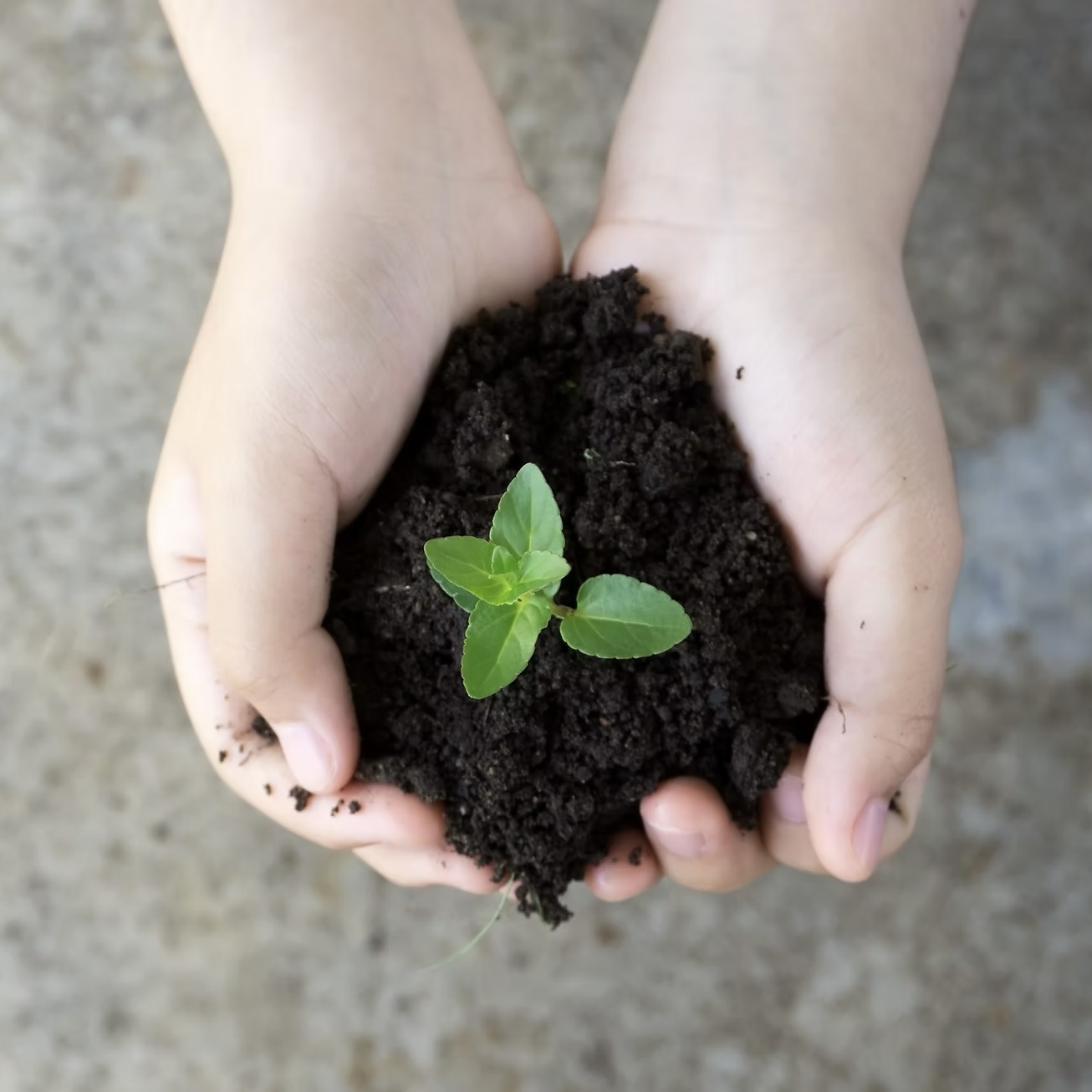
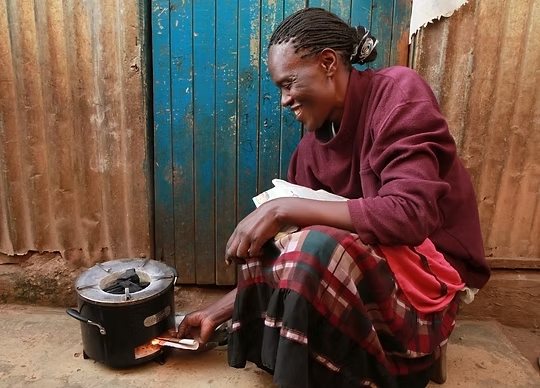

.png)

.png)
.png)

.png)

.png)

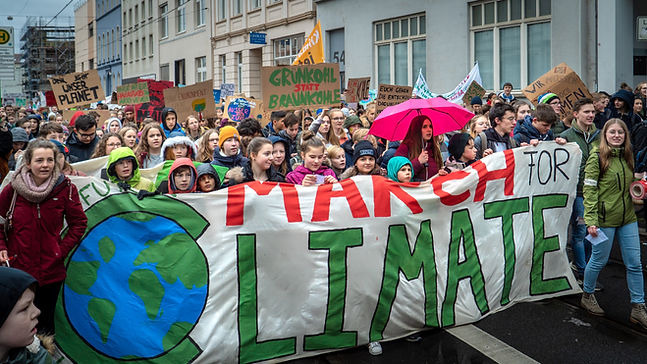



.png)

.png)

.png)

.png)
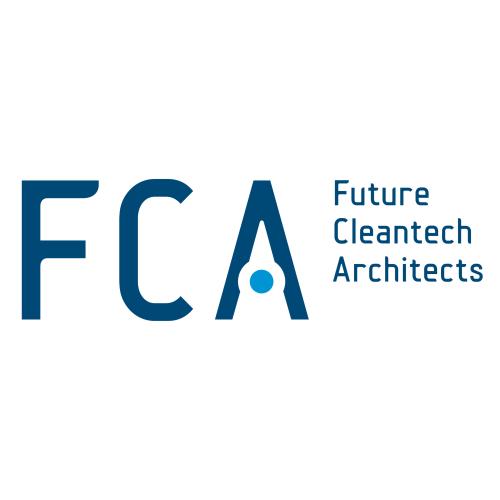
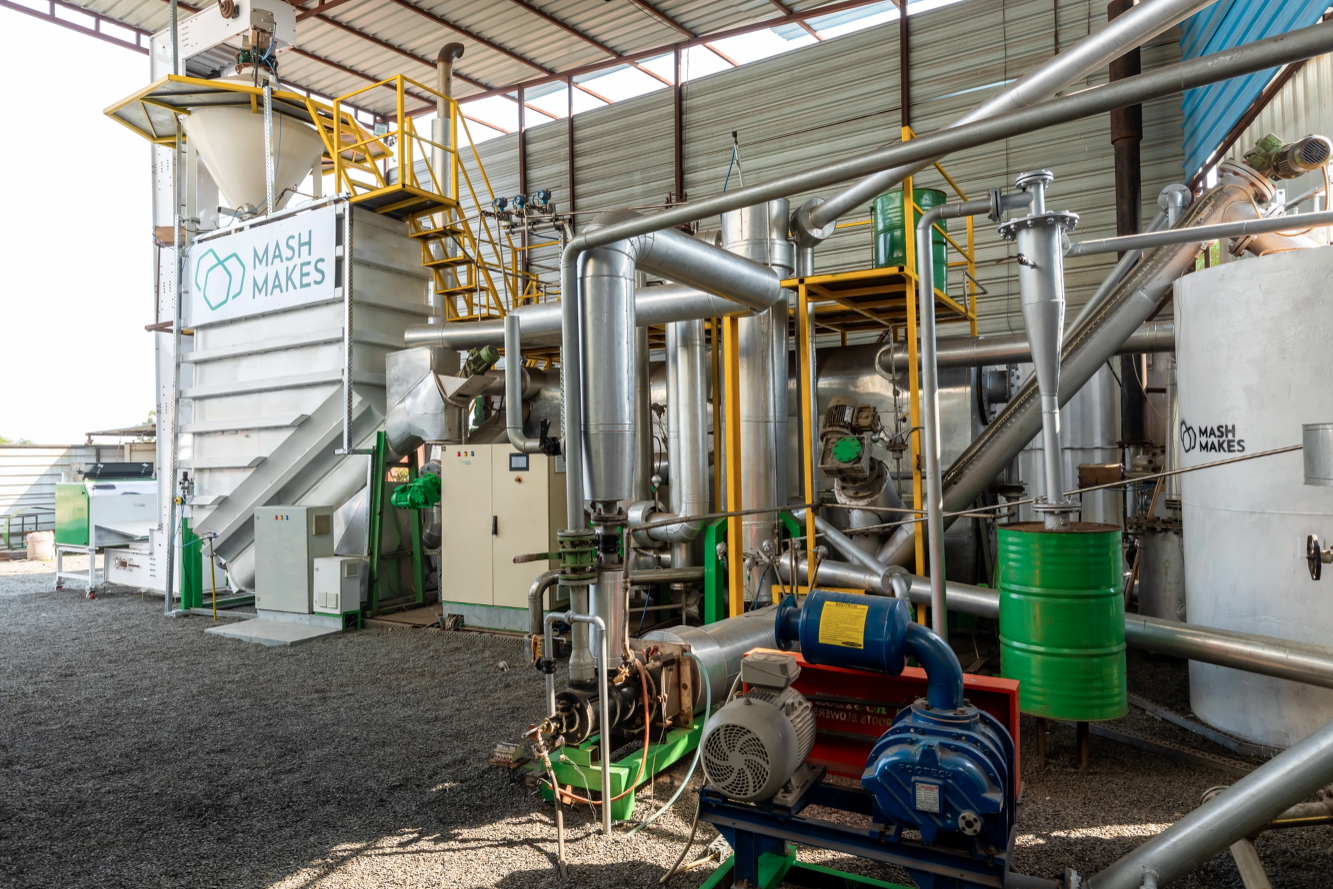
.png)

.png)

.png)
.png)
.png)
.png)
.png)
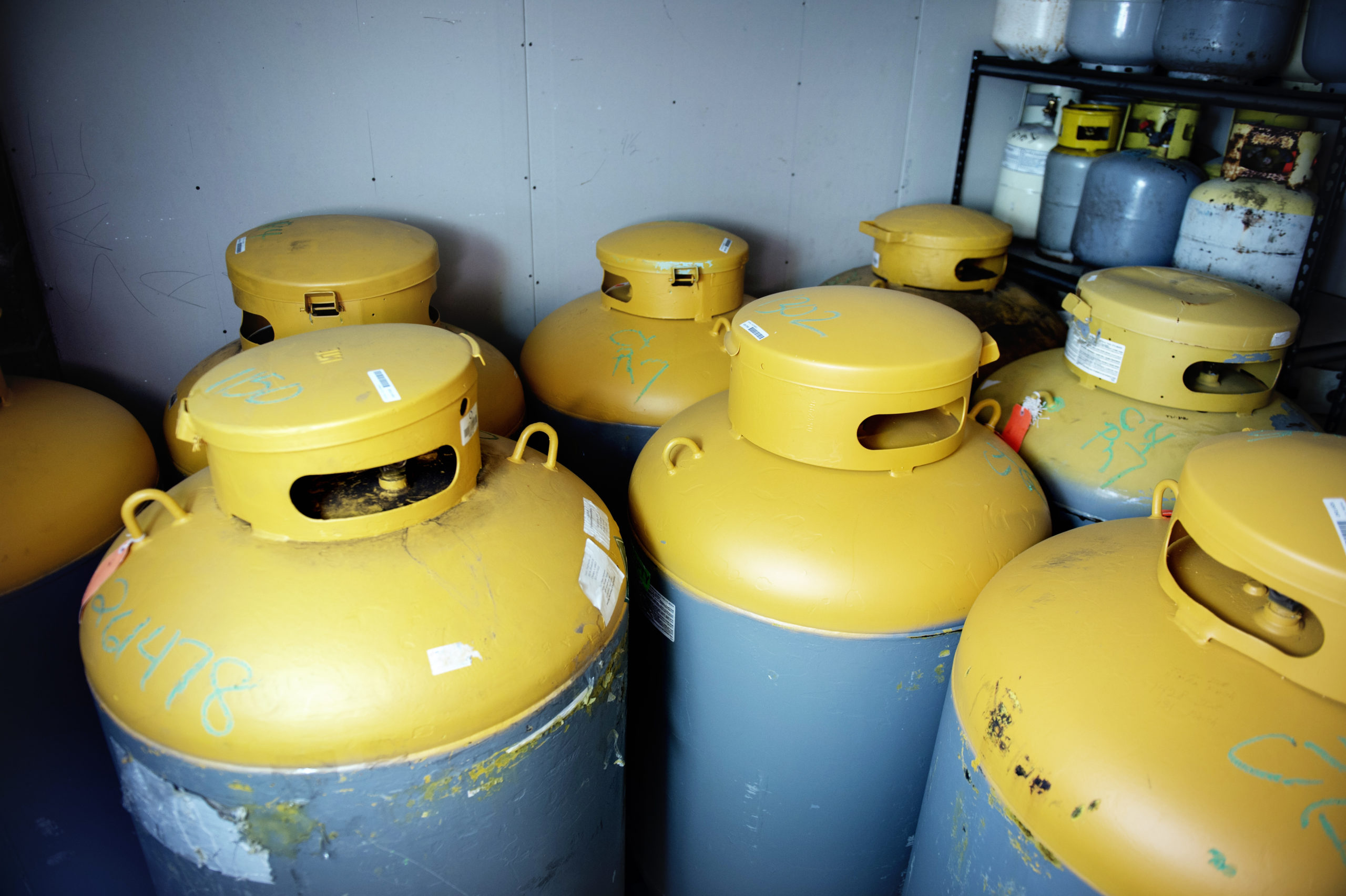
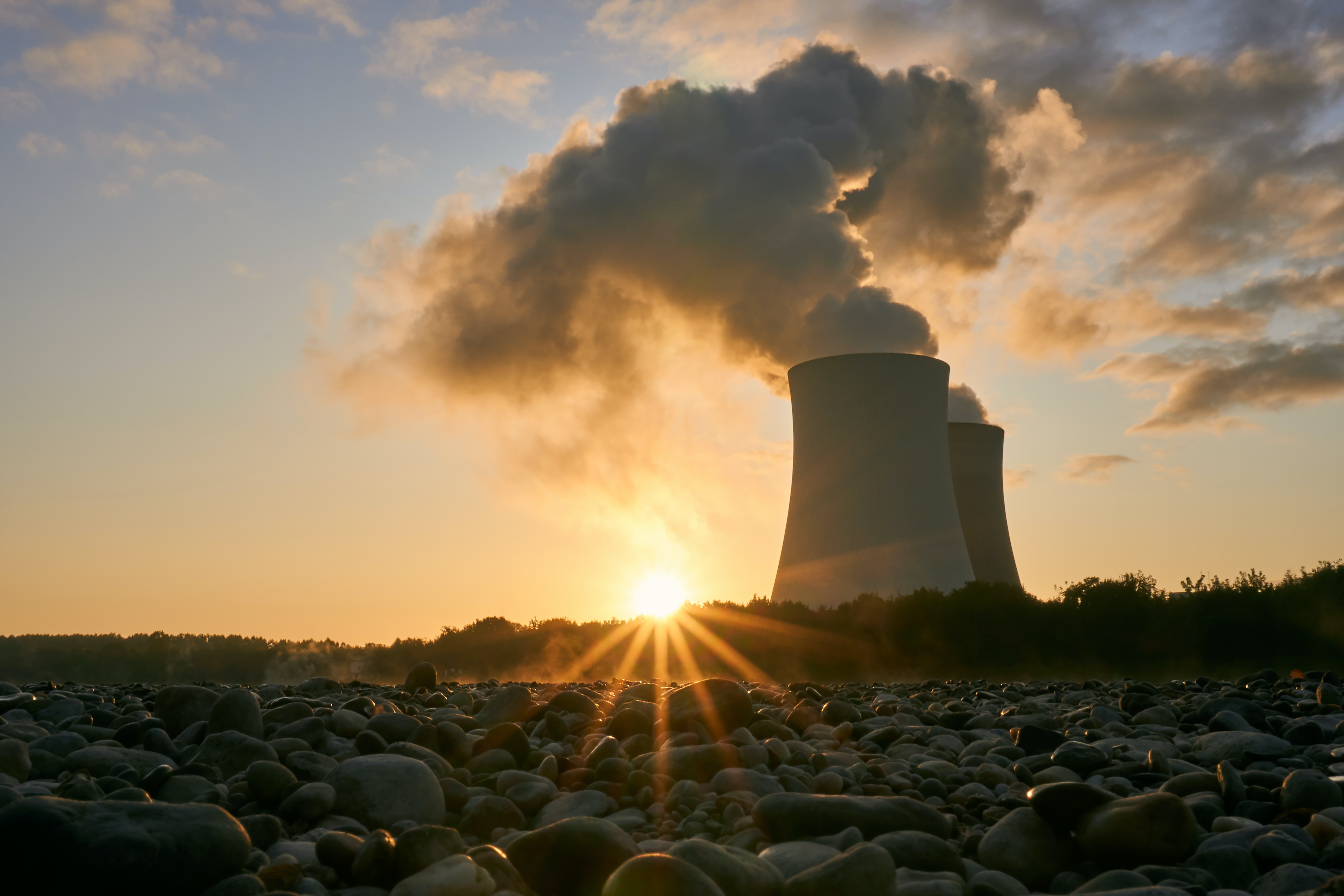
.png)
.png)
.png)


.png)
.png)
.jpg)

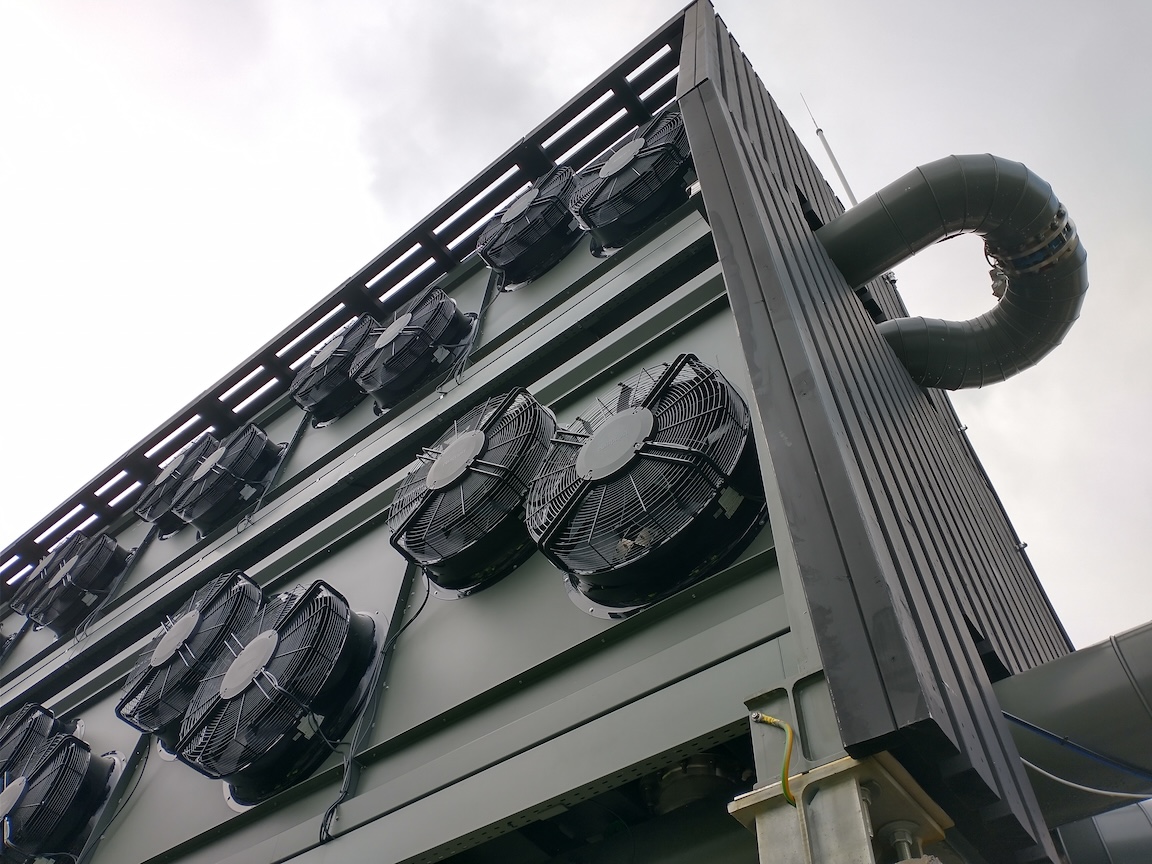
.png)
.jpg)

.png)
.png)
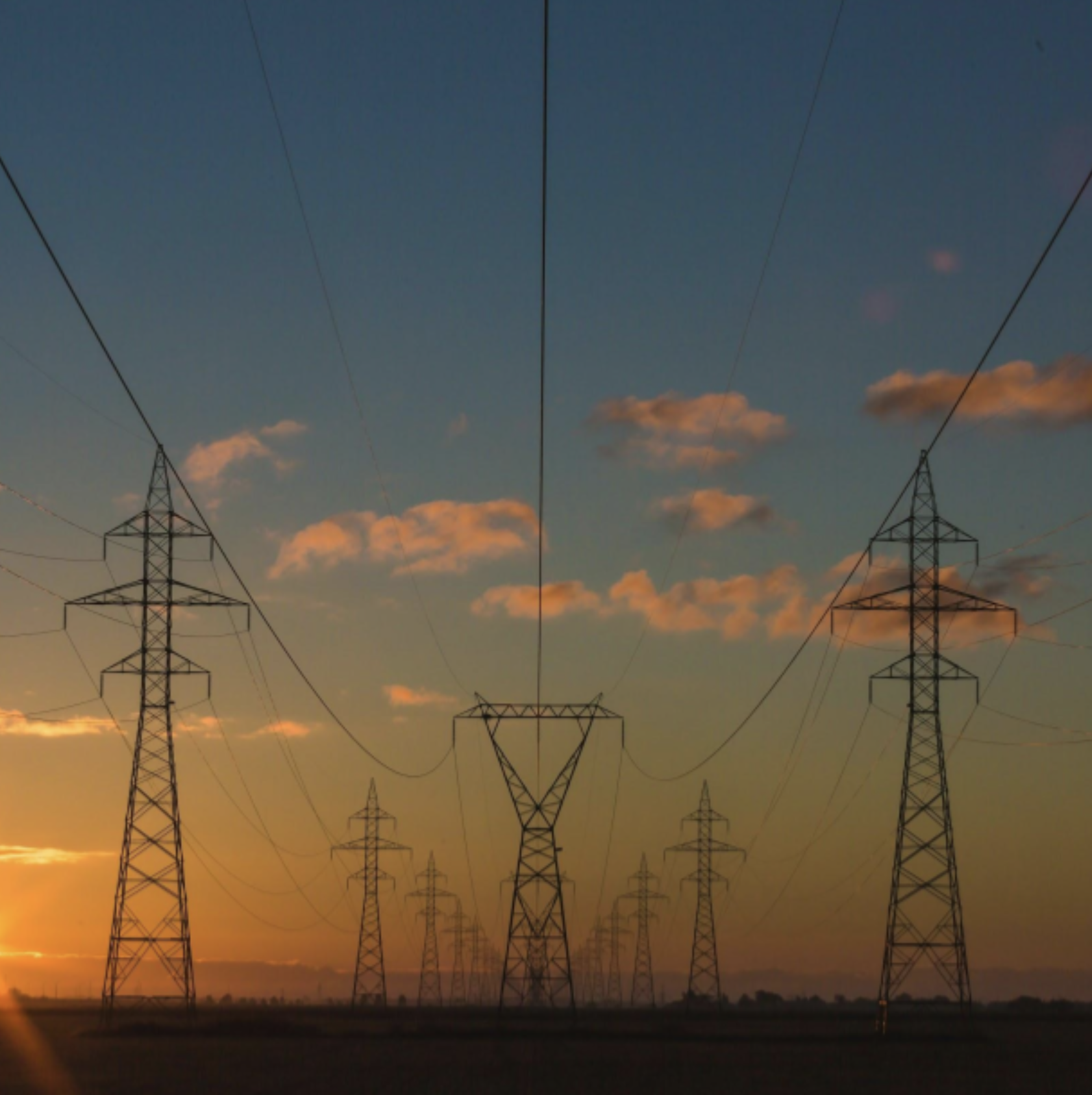

.png)


.png)

.png)

.png)
.png)
.png)


.png)




.png)
.png)
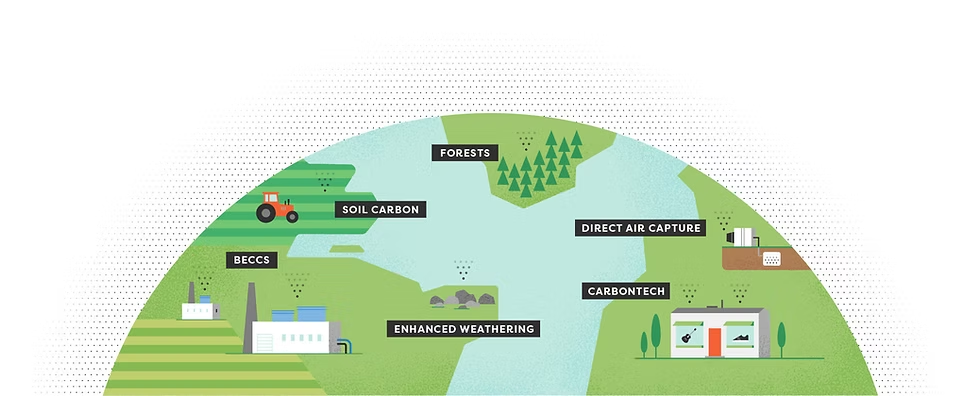
.png)
.png)
.png)


.png)

